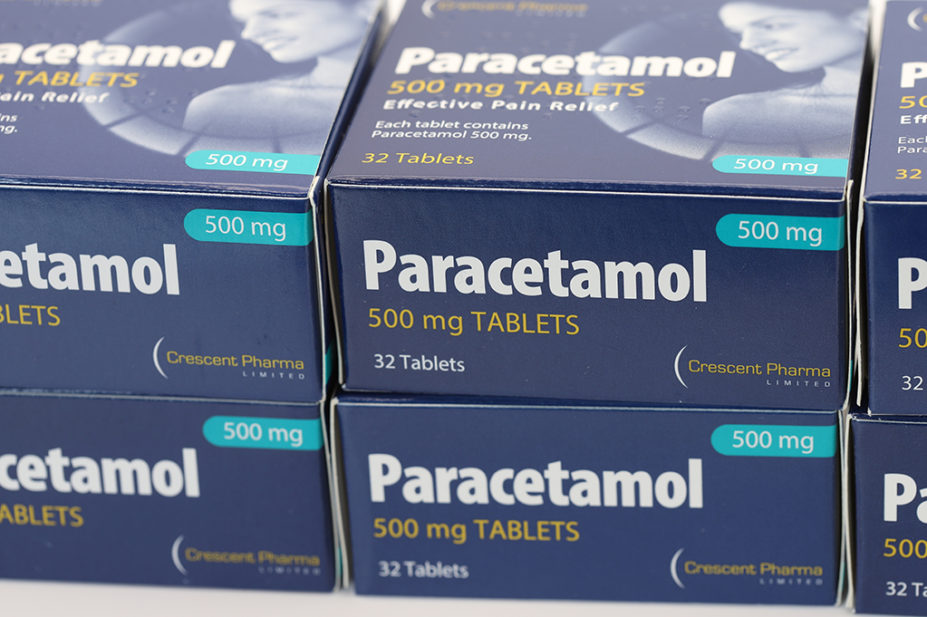
Shutterstock.com
The Advisory Council on the Misuse of Drugs (ACMD) is currently monitoring 150 medicines as part of a “watch list” of drugs that have the potential for being supplied illicitly and abused.
The development of a watch list “of emerging prescribed substances” was first recommended in an ACMD report published in 2016 on the ‘Diversion and illicit supply of medicines’, in order “to make timely recommendations on revisions to control status should that be warranted”.
The report was commissioned by the Home Office in 2013 after the Inter-Ministerial Group on Drugs and the Home Affairs Select Committee expressed concern that medicines were becoming more widely available for misuse through diversion and illicit supply.
In response to a freedom of information request from The Pharmaceutical Journal, received on 16 June 2022, the ACMD disclosed its current watch list, which includes antidepressants, such as sertraline and citalopram; antihistamines chlorphenamine and diphenhydramine; beta-blockers atenolol and bisoprolol; as well as warfarin and paracetamol.
Illicit drugs, such as crack cocaine, cathinone — a stimulant drug found in the plant khat — and mitragynine — commonly known as kratom — are also included on the list, as well as some controlled drugs, including gabapentin, pregabalin and tramadol.
In the 2016 report, the ACMD said that “gabapentin and pregabalin were the major emerging drugs to be subject to [diversion and illicit supply] during the period of our inquiry”, but added that several “other substances emerged in the information we received but not sufficiently often to have a clear picture of the diversion and misuse of the substances”.
“We recommend that these substances form the basis of a watch list to see if misuse increases,” the report said.
In addition to the list of medicines, the watch list also includes data on the number of drug-related deaths and yellow card reports for each medicine, as well as the number of items dispensed. However, the ACMD has declined to comment on how the committee decides on which medicines to include in the list.
The list is maintained by the ACMD’s technical committee, which is responsible for providing technical advice on classification and scheduling of substances under the Misuse of Drugs Act 1971 and its regulations.
Amira Guirguis, associate professor of pharmacy at Swansea University, who specialises in substance misuse, explained that the list contains medicines with psychoactive effects such as opioids, z-drugs and antidepressants, but added that it also contains medicines that could be misused for their image and performance-enhancing properties.
“Levetiracetam, angiotensin-converting-enzyme inhibitors and angiotensin II blockers [are] diverted for their potential enhanced effects on cognition and memory, and others such as levothyroxine and liothyronine, [are] commonly diverted for weight loss or to improve energy,” she said.
“The list also contains common adulterants that are used to enhance the effect of recreational drugs, such as paracetamol and caffeine.”
Guirguis also noted that atenolol, bisoprolol and propranolol are included on the list as they could be misused to “inhibit the anxiety related to [giving] presentations”.
She added that “clonidine might be used off-label to counteract anxiety and opioid or substance-related withdrawal”, while warfarin “was found in drug mixtures following several admissions to A&E with bleeding, mostly in the United States”.
Roz Gittins, director of pharmacy at the charity Humankind, said the list does not contain “any significant surprises”.
However, she added: “Introducing additional controls such as moving a medication into a different controlled drug schedule may not always be appropriate and each would need to be considered individually.
“Any changes to controls must be proportionate: such decisions should be made in a balanced way and based upon actual risk of known harm versus benefit. If changes are made, there may be unintended consequences, such as people seeking alternative unregulated sources associated with greater risk of harms and appropriate management of any withdrawal symptoms.”
Gittins said that if a medication is known to be liable to misuse, “priority should be given to educating healthcare professionals, including pharmacy teams, and the general public so that alternative approaches can be taken from the outset and if issues arise, they can be quickly identified”.
You may also be interested in

‘No evidence’ that paracetamol use during pregnancy causes autism, ADHD or intellectual disabilities, meta-analysis finds

Levetiracetam information updated to include studies that suggest no link to autism
